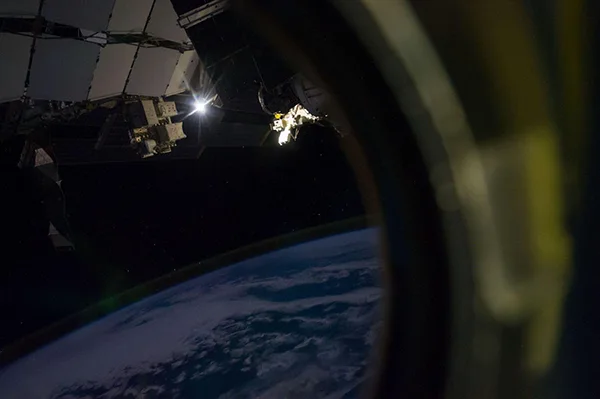Revolutionary Role of CubeSat Cameras in Space Exploration and Scientific Research
History of space exploration knows many bright achievements, starting with the good old classics like launching the first artificial satellite into orbit or landing the first man on the Moon.
Now, thousands of satellites are revolving around our home planet and Moon is about to see its first man-made base.
But some achievements, like CubeSat cameras, remain relatively unnoticed ᅳ and quite unfairly. In aerospace research and discovery, it meant a major paradigm shift as it offered uniform, affordable access to a celestial body even to organizations that did not have million-dollar budgets.
So, we’ll try to right this wrong by explaining the revolutionary impact of these cameras, and their types, and list some exploratory benefits of this ground-breaking technology.
Cost-Effective Gateway to Space Exploration
The first and most obvious benefit of this underestimated technology is that for planetary scientific research, they cost less than larger spacecraft types.
Traditionally, satellite mission cost was calculated in hundreds of millions of dollars, which meant only governments or government-sponsored agencies could afford access to space.
The development of CubeSats in the 1990s changed this for good. This astonishing cost reduction is primarily explained by CubeSat’s uniform, scalable design and incredibly compact size.
Still, these miniature spacecraft are perfectly capable of carrying advanced scientific tools, such as high-res cameras and sensors. So, let’s find out ᅳ what can the CubeSats imaging system be used for.
Top Benefits of the CubeSat Camera for Space Exploration
Cube satellite cameras are highly versatile. Technically, they can serve several purposes, such as:
- Environmental Monitoring: Ironically, most spacecraft in our orbit today are designed to improve life on Earth or, at least, further people’s understanding of our own home.
Earth Observation Satellites (EOS) can help monitor climate change, assess the impact of natural disasters, or analyze the health of entire ecosystems. CubeSats camera technology that combines versatility and affordability is particularly fitted for this purpose, as its democratic costs allow small businesses or even non-profit organizations to launch their spacecraft into orbit and keep an eye on our planet’s health.
- Astronomical Observations: This is a less common application of them. Some CubeSat imaging technology examples are advanced enough to take pictures of other celestial bodies, including distant stars, thus furthering our understanding of the deep celestial bodies around us.
- Technological Demonstration: Some of the best cameras for planetary exploration serve as test beds for new tech.
The examples are numerous, from testing new ways to deliver ISS supplies to demonstrating technology that could potentially deviate an asteroid from its course, potentially saving our planet from a large-scale disaster.
Besides, a whole series of imaging and communications tests happen with their help.
Moreover, its camera technology is often used in educational projects allowing universities to prepare the new generation of scientists and engineers.
Many research and education projects are supported by major agencies, which are logically interested in collaborating with the top talent in their industry.
In commerce, businesses also rely on them for a vast range of applications ᅳ from monitoring supply chains and tracking shipments to assessing field conditions and predicting yield in commercial agriculture.
CubeSat Images Types & Their Applications

Above-ground imagery usually helps further scientific and research purposes. This kind of camera can carry several images, depending on the research goals and budgets.
Here are a few some common types of images used in scientific research:
- Optical CubeSat Camera: This imaging is not unlike traditional photography as it captures images in the visible light spectrum. Optical imagery technique is primarily used for environmental monitoring and mapping.
- Infrared CubeSat Camera: Images captured in the infrared light spectrum are later analyzed to study atmospheric composition, vegetation health, and ocean currents.
- Spectral CubeSat Camera: This is the most advanced type of imaging system as it can capture pictures in several wavelengths, thus providing invaluable information about both the physical and chemical composition of objects on Earth or in space.
So, is a satellite camera a technology used in planetary exploration? Yes; even though so many of its image-capturing applications deal with the pressing issues back on Earth, scientists also use satellite imagery for multiple purposes.
For example, to gather data about the atmospheric compositions of planets (including our own), study other celestial bodies’ surfaces (from asteroids to satellites of other planets), and streamline data exchange with background stations back on Earth.
Without this satellite viewing technology, scientists, research institutions, and small businesses would never enjoy access to space and its data. For the people back on Earth, its image-capturing tech implies a ‘free market’, with an open exchange of information and data ᅳ the traditional driving factors that push our science, society, and economy further.
